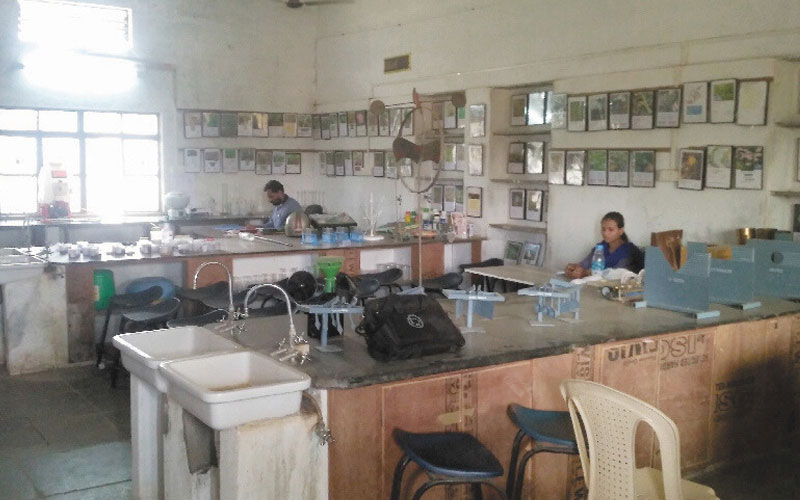Agronomy is the science and technology of producing and using plants in agriculture for food, fuel, fiber, recreation, and land restoration. Agronomy has come to encompass work in the areas of plant genetics, plant physiology, meteorology, and soil science. It is the application of a combination of sciences like biology, chemistry, economics, ecology, earth science, and genetics. Agronomist aims at obtaining maximum production at minimum cost and is concerned with production of food and fiber to meet the needs of the growing population.

Agronomy is differentiated from the plant sciences of horticulture, pomology, range science, and other applied plant sciences by the specific crops considered and the scope. Agronomic crops are those that occupy large acreage, and are the bases of the world’s food and fiber production systems, often mechanized. Examples are wheat, rice, corn, soybean, alfalfa and forage crops, beans, sugar beets, canola, and cotton. Also called ‘field crops’, these crops typically consist of a large majority of a country’s agricultural acreage and crop revenue. The college lab is equipped with facilities and equipment’s based on the latest trends in agriculture.
This laboratory is used for research in following areas:
Measurement of irrigation water.
| Sr. No. | Equipment |
| 1 | Crop Cafeteria |
| 2 | Museum for identification of seeds, fertilizer, weeds, commonly used agro-chemical and medicinal and aromatic plants etc. |
| 3 | Irrigation water measurement V-Notch, Trapezoidal weirs, Rectangular weir, Orifice. |
| 4 | Hot air oven |
| 5 | Moisture box |
| 6 | Weighing Balance |
| 7 | Conductivity Meter |
| 8 | Drip and Sprinkler System set |
| 9 | Sprayer (Knapsack Sprayer) |
| 10 | Tape |
| 11 | Screw Auger |
| 12 | Tensiometer |
| 12 | Sieve |
| 14 | Disc board (Model) |
| 15 | Disc Harrow (Model) |
| 16 | Cultivator (Model) |
| 17 | Bund former (Model) |
| 18 | Mould Disc Board (Model) |
| 20 | Cup Anemometer (Model) |
| 21 | Fortine Barometer (Model) |
| 22 | Wind vane (Model) |
| 23 | Seed Germinator |
| 24 | pH Meter |
| 25 | Shaker |
| 26 | Spring Balance 50 Kg |
| 27 | Meter Scale |
| 28 | Brix meter |
| 29 | Chlorophyl Meter |
| 30 | Sprayer |